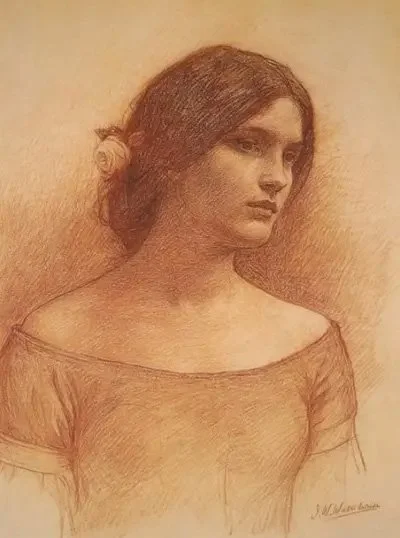While studying the step-by-step creation of a painting by Alex Kanevsky, I took some notes to better understand the process behind his work. I thought sharing them could be interesting for anyone curious about the mechanics of his approach. Kanevsky’s work is fascinating, and I highly recommend visiting his Instagram page to see his reflections in the comments on the different stages, as well as his other paintings.
I took the liberty to condense the number of steps, there is more steps available on Alex instagram.
THE PROCESS
Step 1 – Laying the Groundwork
The overall composition is established using primarily one color family, with light to mid-range values, while a darker accent is reserved for the trunk. The painting combines medium-sized gestural marks with shorter brushstrokes, they seem quite wet, while they establish the blocking clearly they are not details oriented.
Step 2 – Adjusting Values and Markmaking
The markmaking is refined, and dark values are introduced. There’s a shift toward cooler colors, likely influenced by photo settings rather than the painting itself.
Step 3 – Adding Detail and Depth
Many small brushstrokes are added, especially in the background. Values alternate across different planes:
Foreground: light + mid + dark
Middle ground: mid + dark
Background: mid/light
Brushstrokes appear more loaded with paint, with new colors introduced—blues, ochres, and magentas. Some dark accents, possibly ultramarine, are added.
Step 4 – Defining the Foliage + new tool ?
The foliage is reworked with numerous small touches in the middle and background. A tool seems to be used to repeat marks systematically in the leafy areas.
Step 5 & 6 – Refining the Foreground
Elements are added to the foreground, maintaining the three main value groups, keeping the forms abstract and gestural.
FULL PROCESS EXEMPLES
Full process in color
Full process in value (greyscale)
Sources and thanks:
Alex Kanevsky instagram page : https://www.instagram.com/somepaintings/
Alex Kanevsky website : https://www.somepaintings.net/
























